Table of content
Introduction
Preserved eggs, also known as century eggs or thousand-year-old eggs, are a unique culinary delight enjoyed across Asia, particularly in China. Their dark, translucent appearance and strong, savory flavor make them a polarizing food—people either love them or hate them. However, one thing is universally agreed upon: the sauce that accompanies these eggs can elevate their taste to a whole new level. In this comprehensive guide, we will delve into the intricacies of how to craft a perfect preserved egg sauce, exploring various ingredients, techniques, and flavor profiles to suit different palates.
Understanding Preserved Eggs
Before diving into the sauce-making process, it’s crucial to understand what preserved eggs are and how they are made. Preserved eggs are typically duck, chicken, or quail eggs that have undergone a chemical transformation through a process called alkaline fermentation. This process involves soaking the eggs in a mixture of ash, salt, quicklime, and other ingredients, which creates an alkaline environment. Over time, the eggs’ yolks turn a dark green or gray, while the whites become a jelly-like consistency with a distinct smell and flavor.
The chemical reaction that occurs inside the egg during preservation is complex, involving the breakdown of proteins and fats, the formation of new compounds, and the alteration of textures. The result is a unique food product that, while not for everyone, is cherished by many for its rich, creamy texture and umami-laden taste.
The Importance of Sauce
While the preserved egg itself is a fascinating food item, it is often enjoyed with a sauce that complements its strong flavor. The sauce acts as a mediator, balancing the egg’s intensity and making it more palatable for those who find its unique taste overwhelming. Moreover, a well-crafted sauce can add layers of flavor, enhancing the overall eating experience.
Ingredients for a Classic Sauce
When making a sauce for preserved eggs, there are several classic ingredients that are often used. These include soy sauce, vinegar, sesame oil, garlic, ginger, and chili peppers. Each ingredient plays a vital role in creating a balanced and flavorful sauce.
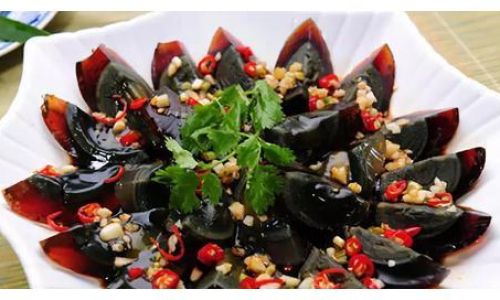
Soy Sauce
Soy sauce is the backbone of the sauce, providing saltiness and depth of flavor. Dark soy sauce, which is thicker and has a richer color and flavor, is often preferred over light soy sauce for preserved egg dishes.
Vinegar
Vinegar adds acidity, helping to cut through the richness of the egg and brighten the overall flavor profile. Rice vinegar or Chinese black vinegar are traditional choices, but apple cider vinegar or balsamic vinegar can also be used for a different twist.
Sesame Oil
A drizzle of sesame oil adds a nutty, aromatic flavor that complements the soy sauce and vinegar. It’s essential to use toasted sesame oil, as it has a more intense flavor than untoasted varieties.
Garlic and Ginger
Minced garlic and ginger provide freshness and a subtle heat that balances the sauce’s saltiness and acidity. They also add complexity to the flavor profile.
Chili Peppers
For those who enjoy a bit of spice, chili peppers or chili oil can be added to the sauce. This not only enhances the heat but also adds another layer of flavor.
Optional Ingredients
Beyond the classics, there are numerous optional ingredients that can be added to the sauce to suit individual preferences. These include:
- Sugar or honey: To add a touch of sweetness and balance the acidity.
- Scallions or green onions: For a fresh, oniony flavor.
- Sesame seeds: To add crunch and additional nutty flavor.
- Soybean paste or miso: For a richer, more umami-laden sauce.
- Oyster sauce: To add a creamy, savory element.
- Five-spice powder: For a hint of spice and aromatic flavor.
Basic Sauce Recipe
Here’s a simple, classic recipe for a preserved egg sauce:
Ingredients:
- 3 tablespoons dark soy sauce
- 1 tablespoon rice vinegar (or Chinese black vinegar)
- 1 teaspoon toasted sesame oil
- 1 clove garlic, minced
- 1 teaspoon fresh ginger, minced
- 1/2 teaspoon chili flakes (optional)
- 1/4 teaspoon sugar (optional)
- 2 tablespoons water (optional, for thinning)
Instructions:
- Combine Ingredients: In a small bowl, whisk together the dark soy sauce, vinegar, sesame oil, minced garlic, minced ginger, chili flakes (if using), and sugar (if using).
- Taste and Adjust: Taste the sauce and adjust the seasoning as needed. If the sauce is too strong, you can thin it out with a little water.
- Serve: Pour the sauce over sliced preserved eggs and enjoy immediately.
Advanced Sauce Techniques
For those who want to take their preserved egg sauce to the next level, here are some advanced techniques and variations to try:
Infused Oils
Infusing oils with aromatic ingredients like garlic, ginger, and chili peppers can add an extra layer of flavor to the sauce. Simply heat a small amount of vegetable oil in a pan over low heat, add the chopped aromatics, and cook until fragrant and slightly browned. Let the oil cool, then strain out the solids and use the infused oil in your sauce.
Sauce Variations
Sweet and Sour Sauce
For a tangy, sweet-and-sour flavor, add a bit of ketchup or tomato paste to the basic sauce recipe, along with a pinch of sugar and a splash of lemon juice or rice vinegar.
Garlic-Ginger Sauce
For a more intense garlic and ginger flavor, increase the amounts of these ingredients and sauté them in a bit of oil until fragrant before adding them to the sauce.
Spicy Sauce
For a fiery sauce, add more chili flakes, chili oil, or even a few fresh chili peppers to the mix. For a smoky flavor, use smoked paprika or chipotle peppers.
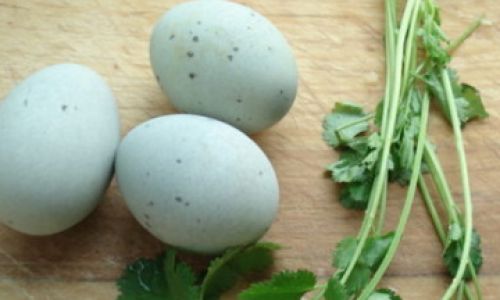
Sesame-Soy Sauce
To create a richer, nuttier sauce, add a tablespoon of tahini or sesame paste to the basic recipe. Blend until smooth, and adjust the seasoning with additional soy sauce, vinegar, or sugar as needed.
Herbal Sauce
Incorporate fresh herbs like cilantro, mint, or basil into the sauce for a refreshing, aromatic twist. Finely chop the herbs and mix them into the sauce just before serving.
Fermented Sauce
For a more complex, umami-laden sauce, try incorporating fermented ingredients like fish sauce, miso, or soybean paste. These ingredients will add depth and richness to the sauce.
Serving Suggestions
Preserved egg sauce can be enjoyed in numerous ways, from being poured over sliced preserved eggs to being used as a dipping sauce for dumplings or other appetizers. Here are a few serving suggestions:
Preserved Egg and Pork Congee
Serve the sauce over a bowl of hot, steamy congee (rice porridge) topped with sliced preserved eggs and shredded pork. The sauce’s flavors will meld with the congee, creating a comforting, hearty dish.
Preserved Egg Salad
Mix sliced preserved eggs with shredded vegetables like cucumber, carrot, and bell pepper. Drizzle the sauce over the salad and toss to combine. This makes a refreshing, flavorful side dish.
Preserved Egg and Tofu Stir-Fry
Stir-fry firm tofu with garlic, ginger, and green onions. Add sliced preserved eggs and pour the sauce over the top, stirring gently to combine. Serve over a bed of steamed rice.
Preserved Egg and Pork Buns
Fill steamed buns with shredded pork, sliced preserved eggs, and a drizzle of sauce. The combination of flavors will make for a delicious, satisfying meal.
Preserved Egg Noodles
Toss cooked noodles with sliced preserved eggs, chopped scallions, and a generous amount of sauce. Add a fried egg on top for an extra touch of luxury.
Conclusion
Making a perfect preserved egg sauce is an art that requires a balance of flavors, textures, and techniques. By understanding the basics of preserved eggs and experimenting with different ingredients and variations, you can create a sauce that suits your taste preferences and elevates the humble preserved egg to a culinary masterpiece. Whether you enjoy your sauce classic and straightforward or bold and adventurous, the key is to have fun and experiment until you find the perfect combination. So, gather your ingredients, roll up your sleeves, and start crafting your own preserved egg sauce today!
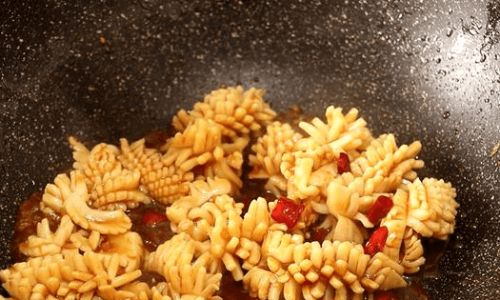
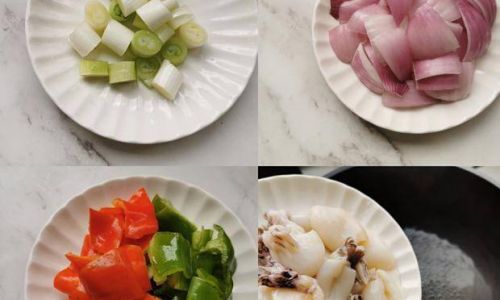

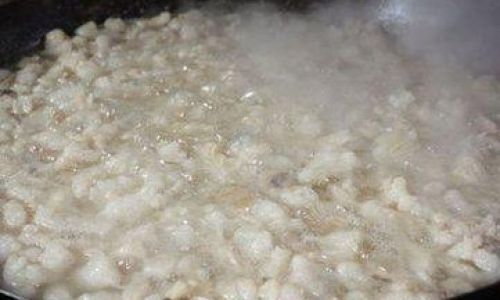
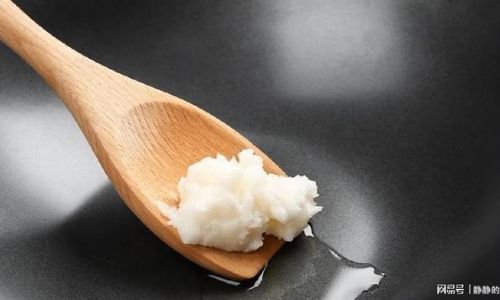
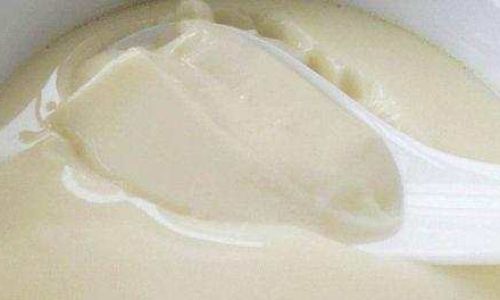
0 comments